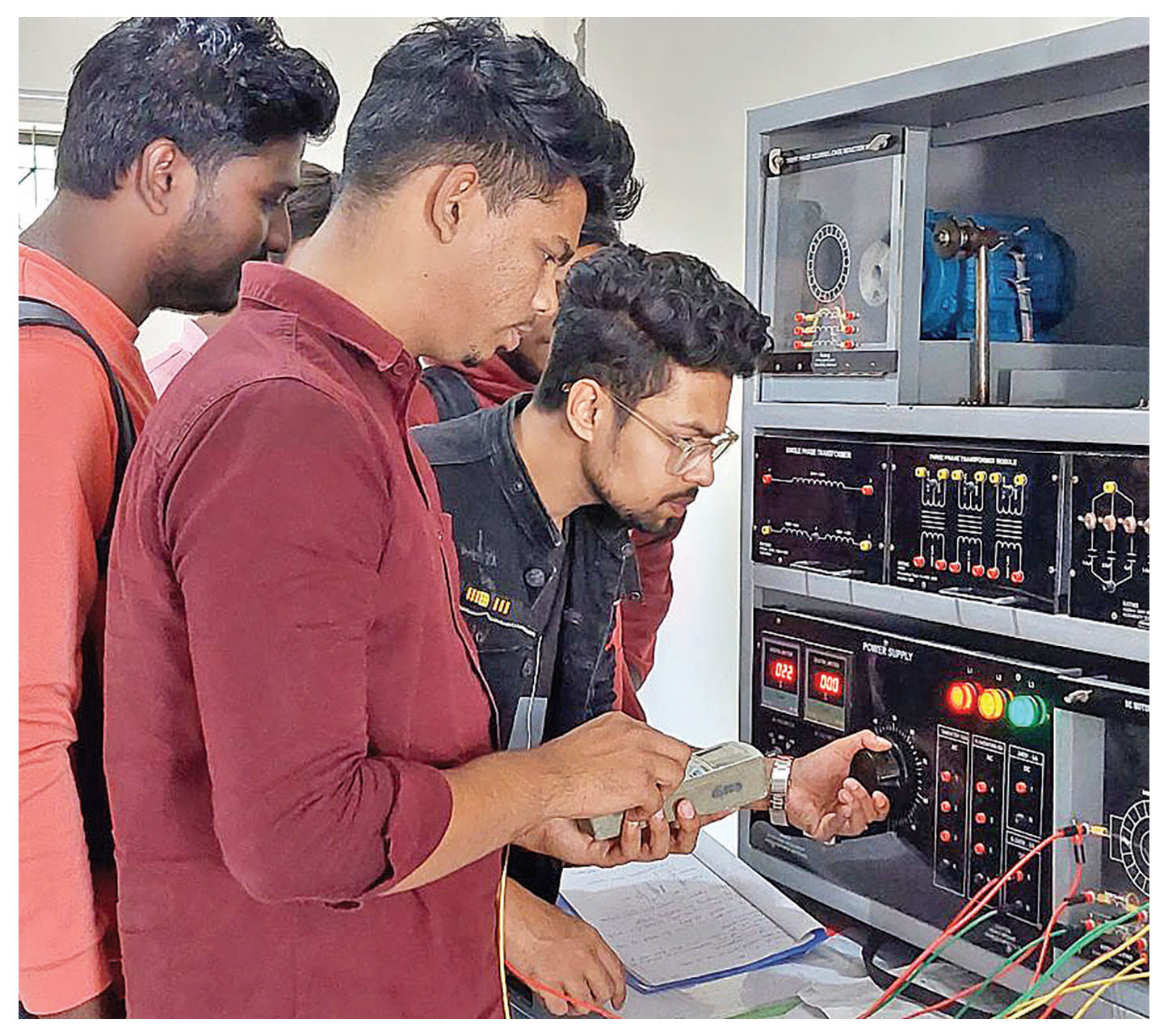
Mohammad Rukanuddin
English is the key to opening the doors throughout EEE education. It gives students access to the latest knowledge, helps them use important tools and documents, and improves their chances in research and the job market. The subject ‘Electrical and Electronic Engineering’ (EEE) is taught at Bangladeshi universities in English language. Its research, studies, lectures and professional communication are solely done in English. So, those who have proficiency in this language find it easier to access the knowledge, participate in global discussions on the subject and develop their careers faster. Here, as a teacher, I would like to share my knowledge about how knowledge of English language benefits EEE students, what challenges they usually face without expertise in it, and what ways they can follow to improve their learning.
To begin with, most advanced textbooks, technical publications, research articles, and software manuals in EEE are written in English. New technologies, design methods, and scientific discoveries may also be published first in English-language journals and conferences. Knowing English facilitates Bangladeshi students and teachers to read the latest research, to use engineering software, and to follow international standards. Employers will expect graduates to read, write, and communicate in English since many engineering companies work with foreign partners or need English documentation.
There are a number of reasons why English is crucial. Most of the core books available in circuits, control systems, electronics, and power systems are in the English language. Online courses, tutorials and video lectures provided by reputed universities are mostly in the English language. Directly reading and understanding these materials will enable the students to learn more and faster. Translation of complex technical texts to Bangla may be helpful but sometimes translations lose their precision or get out-dated. For that reason, direct use of resources in English is often more effective for technical learning.

Lab manuals, datasheets, programming guides and software interfaces in EEE are usually provided in English. For building circuits, programming of microcontrollers, or system simulation, the students need to go through the datasheets of components and software help files. Poor understanding of English would result in added pressure during lab tasks and project work for the student. Being at ease with technical English helps them follow instructions correctly and avoid mistakes, thereby conducting the experiments confidently.
Students who want to study higher subjects or do research know that English is highly necessary. Research papers, guidelines for the thesis, and international conferences are all in English. For publishing research in good journals, the writing of English should be clear. Mastery of academic English facilitates students presenting their work at conferences and applying for scholarships or international internships. In the job market, most employers prefer to have engineers who can communicate in English because reports, emails, and meetings often demand it.
Engineering is seldom done in isolation, so teams of engineers need to plan, design, and test systems together. English then often becomes the lingua franca in mixed teams or in dealing with foreign clients. Good English mitigates misunderstandings, optimises team performance, and enhances professional mobility. It is much easier to develop soft skills like report writing, making presentations, and negotiating with stakeholders when a student has a good grasp of English.
Many students come into university with very mixed abilities in English. Those students coming from a Bangla-medium school find technical English quite a challenge. With large class sizes and the pressure of time to teach the language element, it is hard for a teacher to give individual help. Sometimes teachers lack confidence in teaching technical English themselves. Cultural habits too (such as preferring to converse in Bangla) slowly develop the habit of using English that these students need for their technical study.
The language support for strengthening English learning in EEE education should be closely related to subject learning. Teachers can use examples from engineering to teach English, and students will master technical vocabulary in context. Bilingual explanations guide the students while encouraging them to read original materials in English. Students should be encouraged to practice communication by writing lab reports, preparing project documentation, and making presentations in English. Teachers should be given training on how to use technical English with more confidence. Online tools of learning, video lectures with subtitles, and simulation software can support self-study. This can also be supported with study groups where stronger students assist their classmates in understanding English texts and written exercises. These practical efforts can build students' confidence and gradually develop their skillful use of English in engineering studies.
Finally, it can be said that language should not be a barrier to learning. Well-planned integration of language instruction, supportive teaching practices, and modern resources should enable Bangladeshi students to achieve the English skills they need to master the subjects of electrical and electronic engineering.
_________________________________
The writer is Assistant Professor of English at Ahsanullah University of Science and Technology, Dhaka

